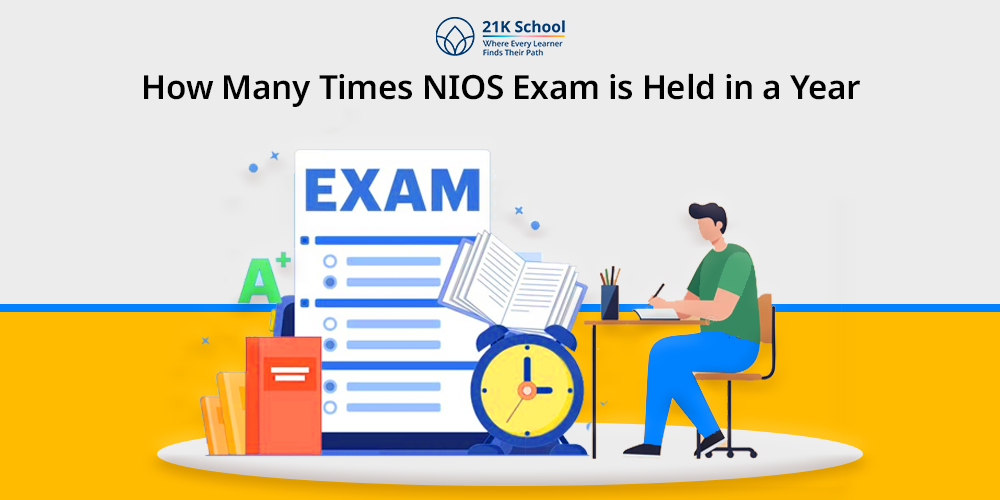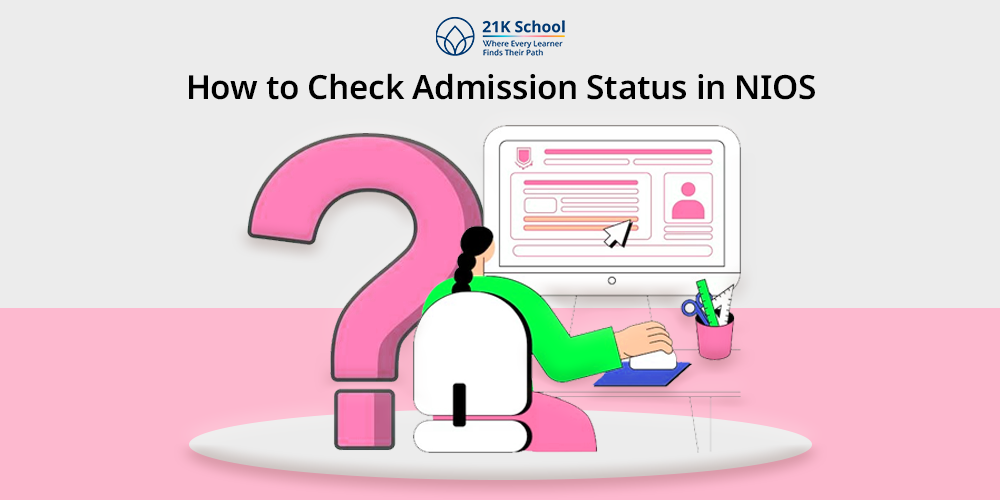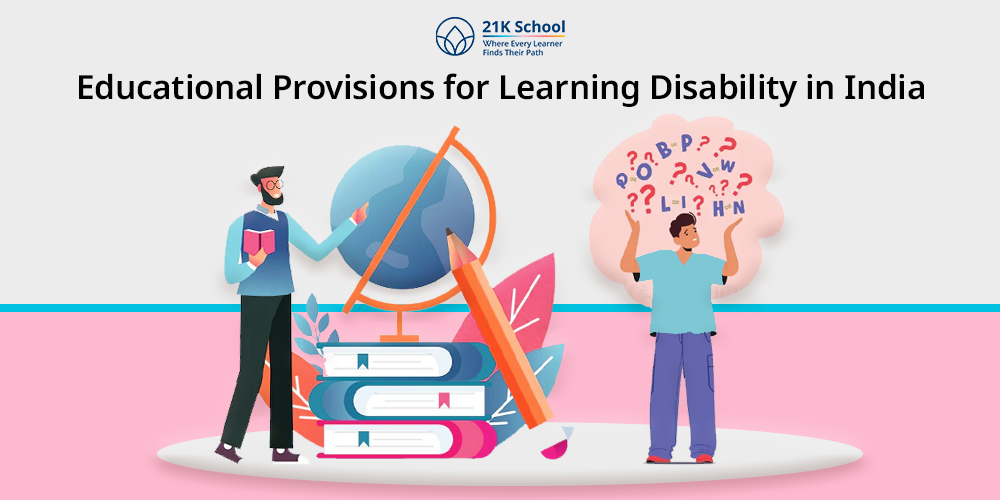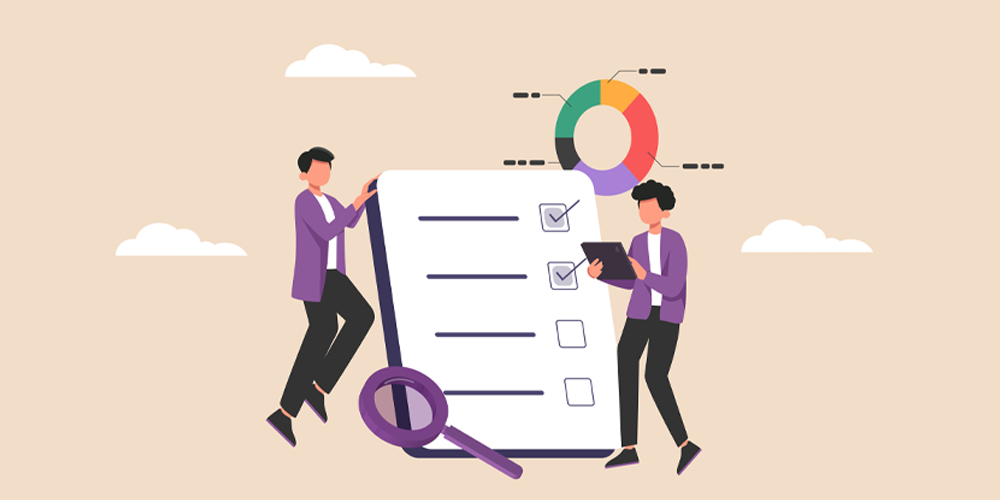
Everything in life is completely dependent on understanding, analyzing and improving their performance, the dependence leads the responsible authority towards assessment and evaluation.
The terms are very much connected to each other but on the contrary they cater to different types of issues and serve distinct purposes, as they have very different and unique characteristics.
While there are interconnectedness between the two, they also have some differences, advantages and disadvantages, as we read through the article it will be more clear.
Let’s start simple, by knowing about assessments and evaluations.
Contents
- What is Assessment?
- Key Features of Assessment, are:
- Examples of Assessments:
- What is Evaluation?
- The Key Features of Evaluation, are:
- Examples of Evaluations:
- How Do Assessment and Evaluation Work Together?
- Difference Between Assessment and Evaluation
- Similarities Between Assessment and Evaluation
- Conclusion
What is Assessment?
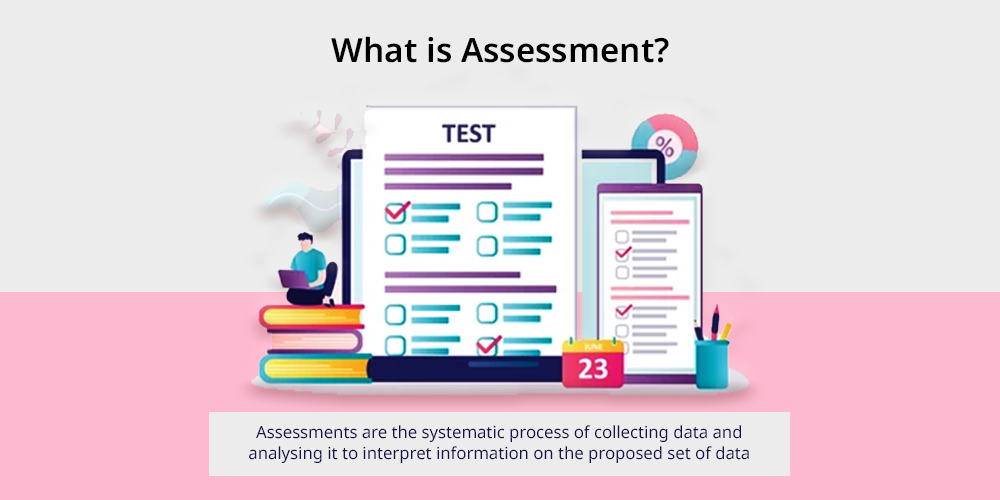
Assessments are the systematic process of collecting data and analysing it to interpret information on the proposed set of data in a given or stated period of time to measure progress and estimate the understanding and skill development in a particular area, like school going young child and even in a professional seeking to switch jobs or grow in his career.
Considering the definition it’s not just a one time event rather an ongoing activity used to gather insights about a learner’s or professional’s performance and identify areas for improvement — ultimately helping a person in his growth journey both personal and professional or in case of learners, academically.
There are some features to assessment that determine the value of impact it has, on a person’s life, and certainly there are a lot of real life examples that help a person in growing and tracking an individual’s progress.
Key Features of Assessment, are:
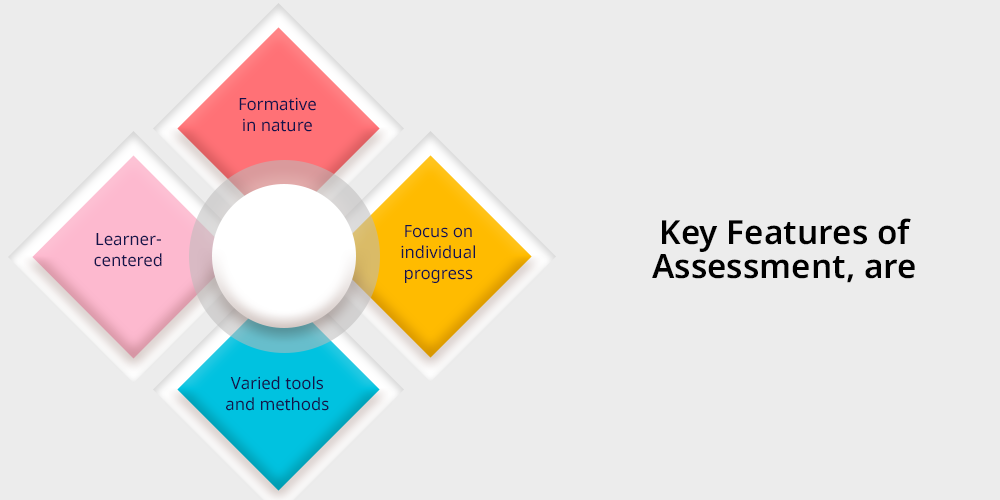
1. Formative in nature
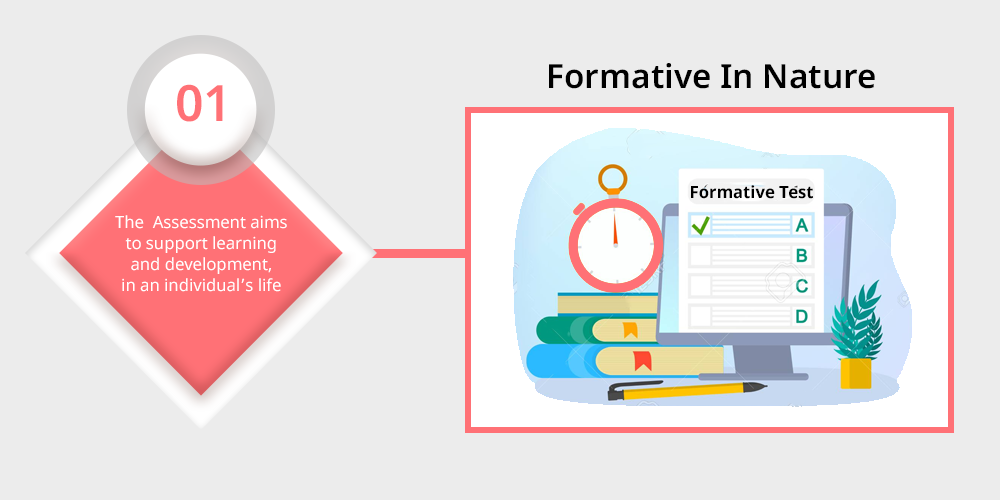
The Assessment aims to support learning and development, in an individual’s life by providing continuous feedback, to them providing them a brief insight into their progress and clearly stating the scope of improvement.
There are many formative test tools of assessment that contribute to collaborative learning that helps learners to grow and succeed in their life plans.
2. Focus on individual progress
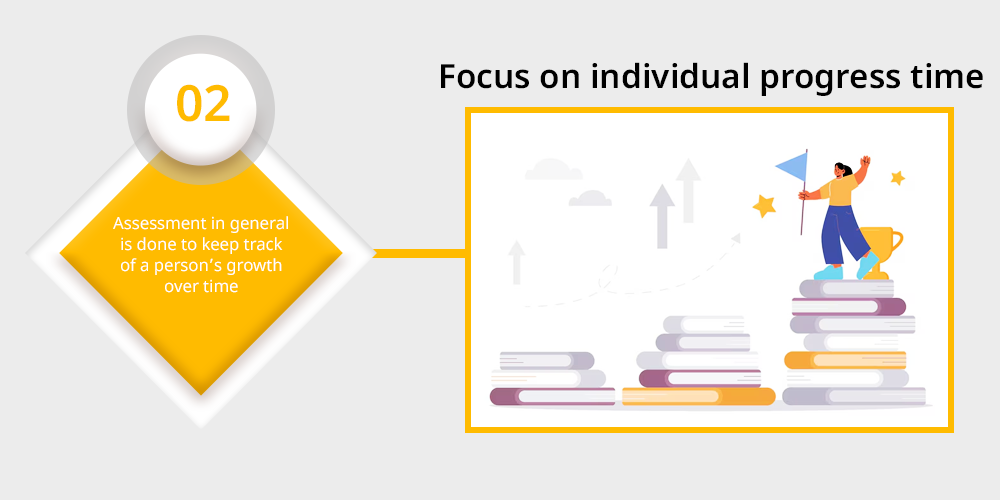
Assessment in general is done to keep track of a person’s growth over time rather than comparing them to others, it basically relates one’s growth over time and not about the competition around.
3. Varied tools and methods
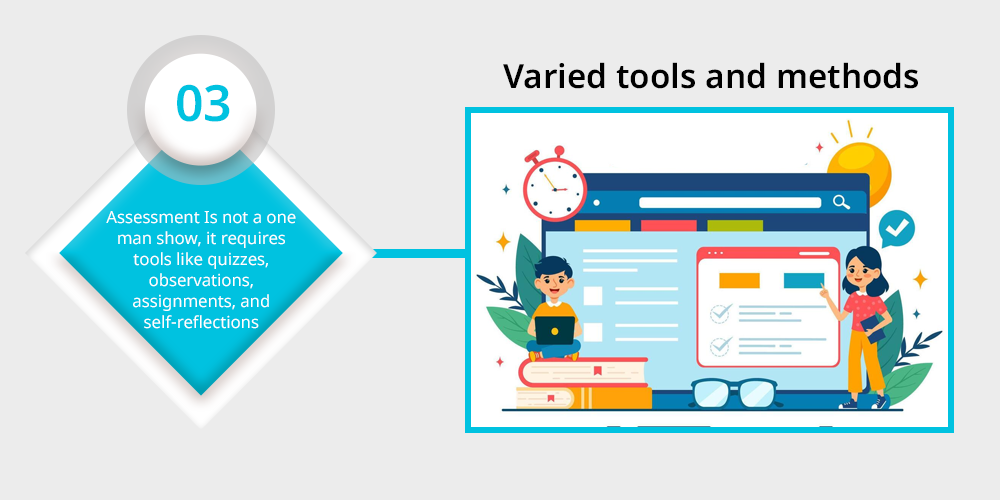
Assessment Is not a one man show, it requires tools like quizzes, observations, assignments, and self-reflections, these are used to assess better and make more accurate and informed decisions.
4. Learner-centered
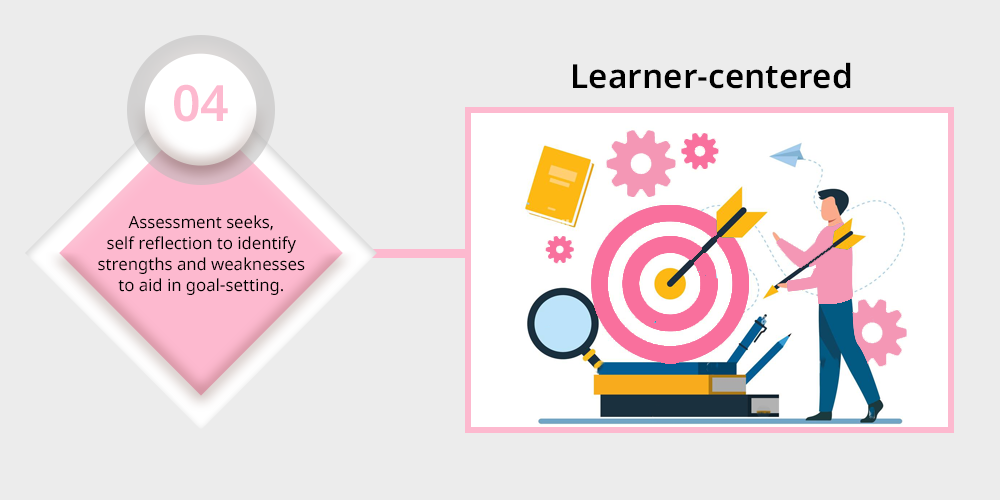
Assessment seeks, self reflection to identify strengths and weaknesses to aid in goal-setting and personal development, for long term development —- basically contributing to lifelong learning.
Examples of Assessments:
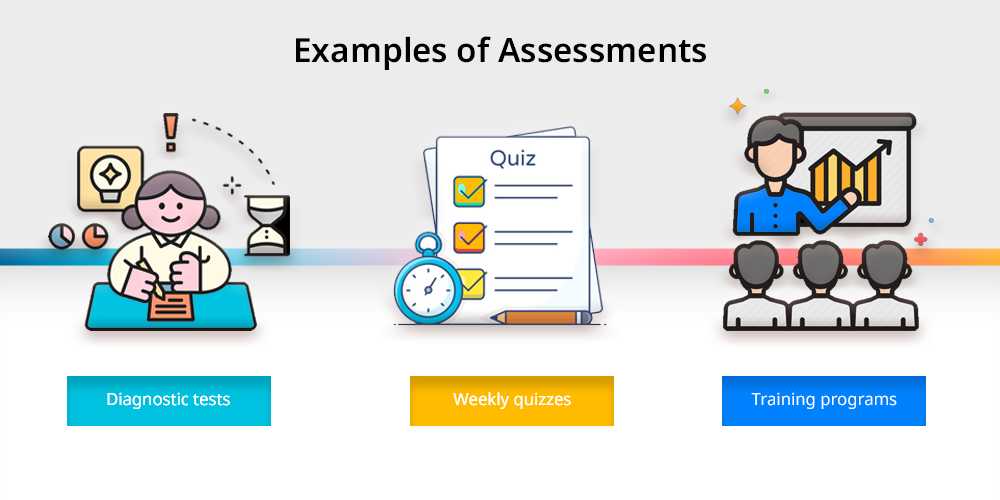
Examples of assessment range from being simple as Diagnostic tests to identify learning gaps or to having Weekly quizzes in academic settings to track continuous improvement and development or even Employee skill audits during training programs.
Now that we know a little about assessment, let’s learn about evaluation and then we can compare one with another.
What is Evaluation?
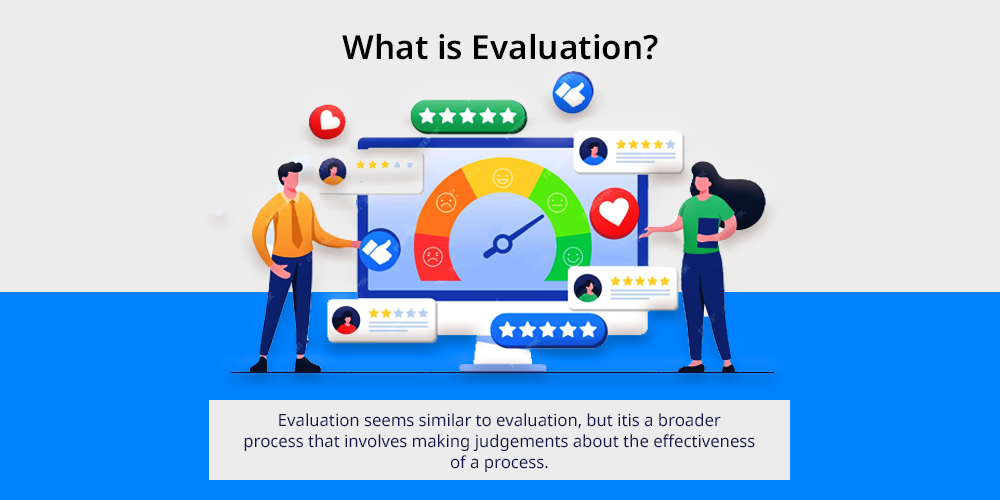
Evaluation seems similar to evaluation, but it is a broader process that involves making judgements about the effectiveness of a process.
Honestly, it’s not just about that but rather it takes in account different perspectives like: value, significance or development of a person, program or a process.
The process of evaluation is used to collect data in order to determine whether goals or objectives have been met.
And just like assessment, evaluation has its own set of distinctive features that set it apart and adds value to its existence and somewhere that is the reason that it is so widely accepted and implemented.
The Key Features of Evaluation, are:
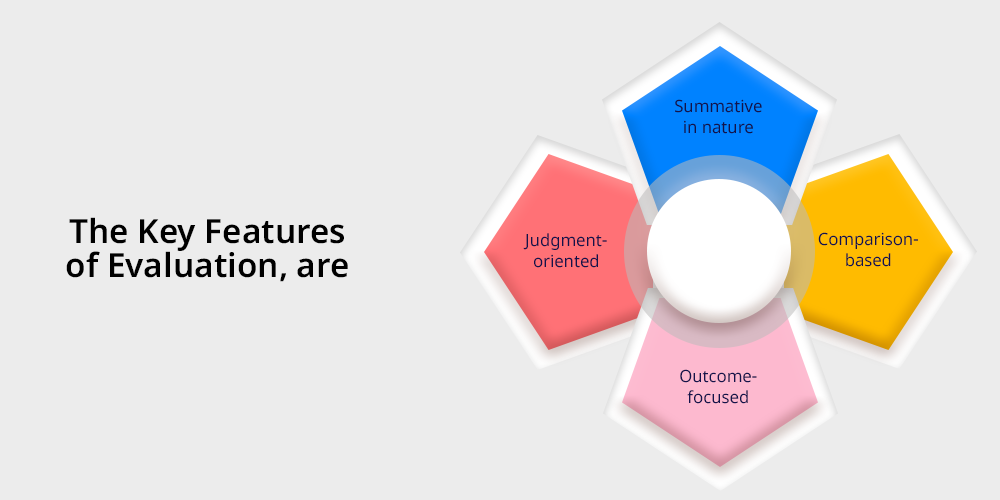
1. Summative in nature
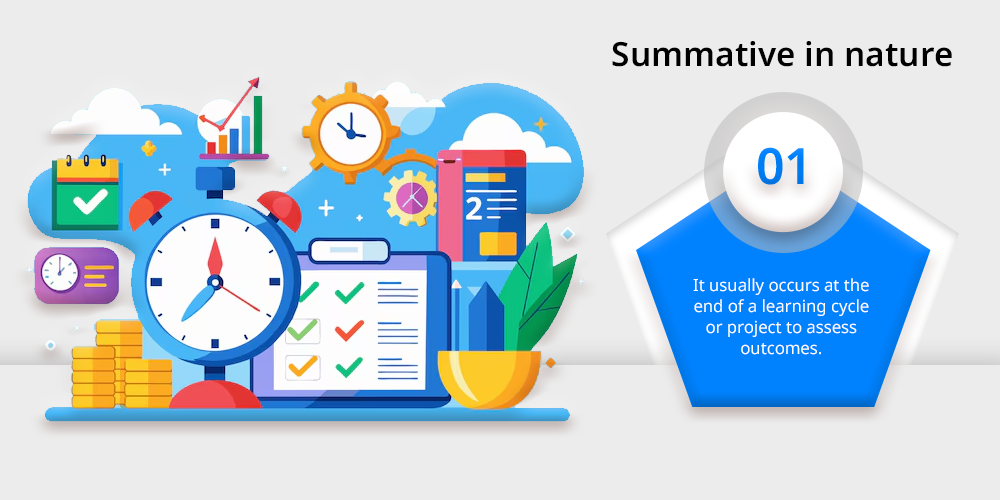
Evaluation is not only a process of data entry or analysing reports; rather, it usually occurs at the end of a learning cycle or project to assess outcomes – for a person, program or process.
2. Comparison-based
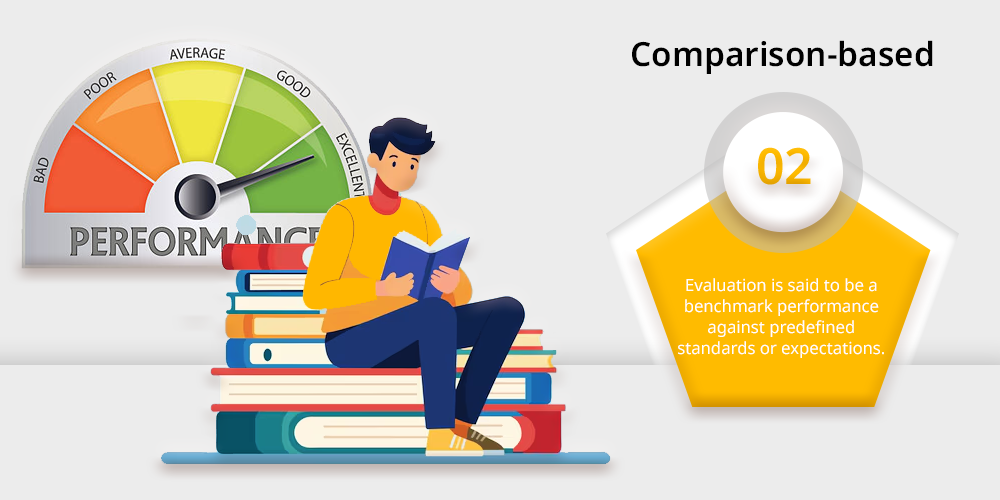
Evaluation is said to be a benchmark performance against predefined standards or expectations, it doesn’t matter if its individual performance or team report; the comparison standards are pre-defined.
3. Outcome-focused
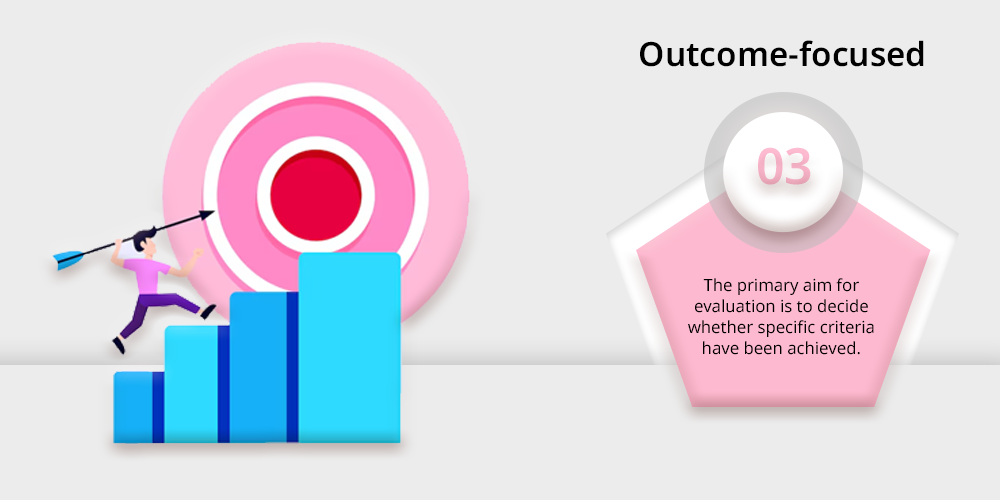
Unlike assessment,The primary aim for evaluation is to decide whether specific criteria have been achieved — it’s about development but on a more rigid side of the comparison.
4. Judgment-oriented
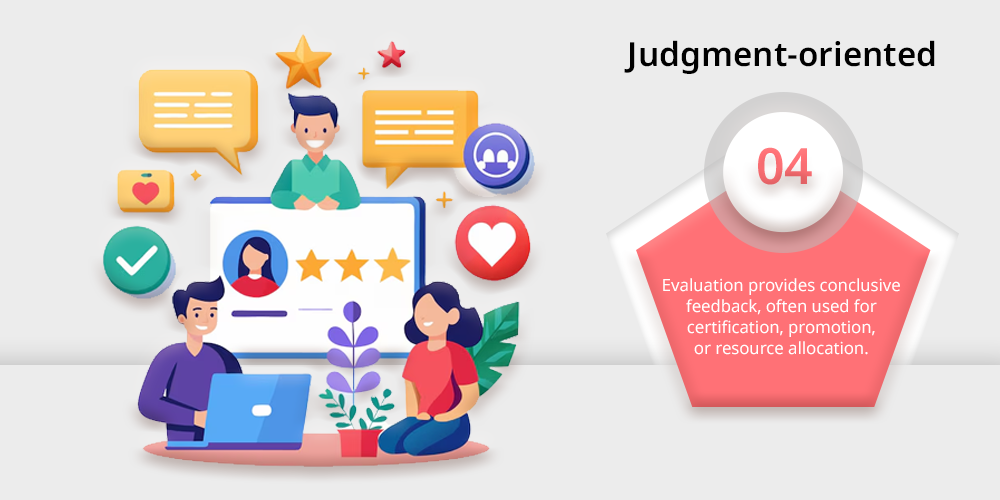
Evaluation provides conclusive feedback, often used for certification, promotion, or resource allocation — it is best suited for an office environment, in departments of sales and marketing where the numbers have more value as compared to the personal development and long term investment in terms of emotions and values — can contribute to social emotional learnings.
Examples of Evaluations:
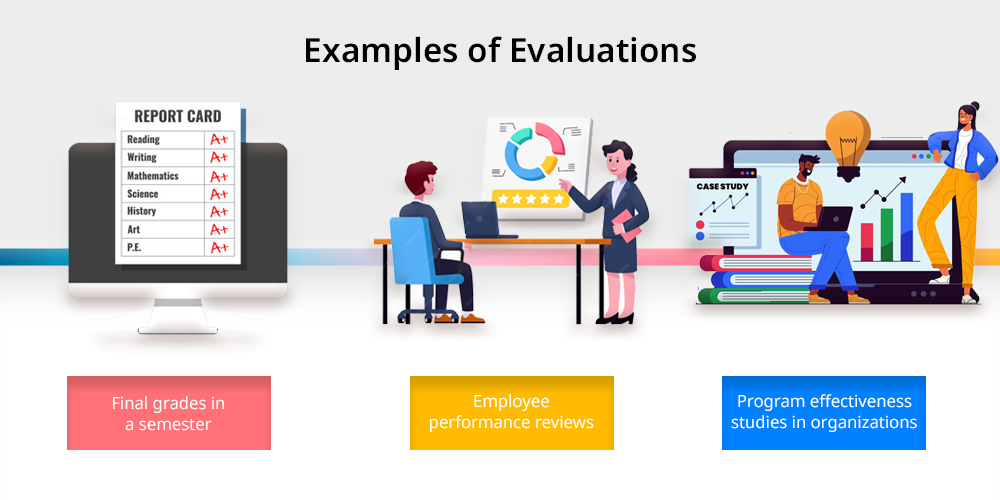
For learners in schools, evaluation is referred to the Final grades in a semester, and for a corporate environment, where employers are responsible for the judgement it is referred to as Employee performance reviews.
Evaluation can also be used in Program effectiveness studies in organizations — where people seek validation for the received opportunity to work better. .
How Do Assessment and Evaluation Work Together?
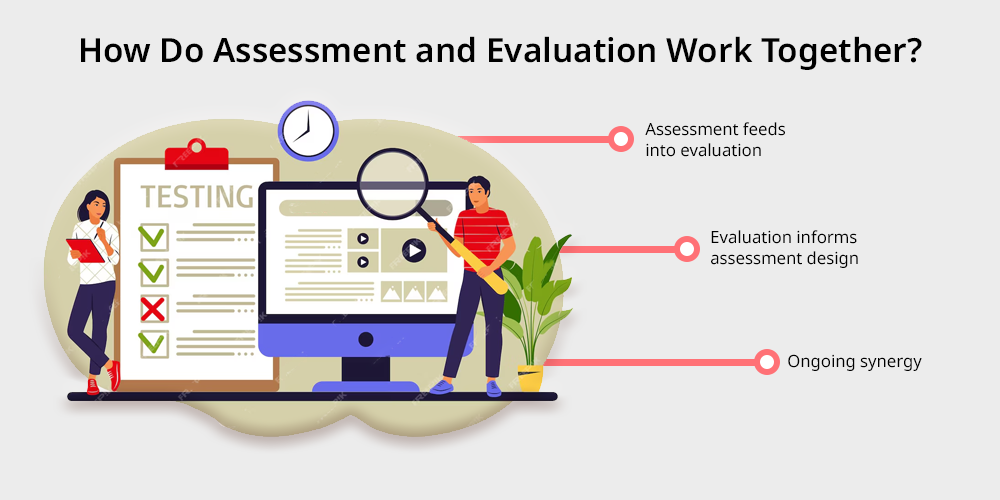
Assessment and evaluation are complementary processes that work in tandem to ensure effective learning and development.
- Assessment feeds into evaluation: Data collection done through assessments provides valuable inputs for evaluation in a given period of time for a particular course, process or situation. For example, student test scores can inform overall course effectiveness of the course and the learning process.
- Evaluation informs assessment design: Evaluations highlight gaps or areas needing improvement in the assessment, which can guide future assessments to be more effective and efficient.
- Ongoing synergy: While assessment is a continuous and diagnostic process, evaluation is conclusive and summative in nature. Together, they form a complete picture of performance and growth, when implemented strategically and efficiently.
Difference Between Assessment and Evaluation
| Aspect | Assessment | Evaluation |
| Purpose | To improve learning and performance. | To judge effectiveness or outcomes. |
| Nature | Formative and continuous. | Summative and conclusive. |
| Focus | Individual progress and development. | Achievement of objectives and standards. |
| Approach | Diagnostic and learner-centered. | Judgmental and criteria-based. |
| Timing | Ongoing throughout a process. | At the end of a process or cycle. |
| Examples | Quizzes, self-reflections. | Final grades, program evaluations. |
Similarities Between Assessment and Evaluation
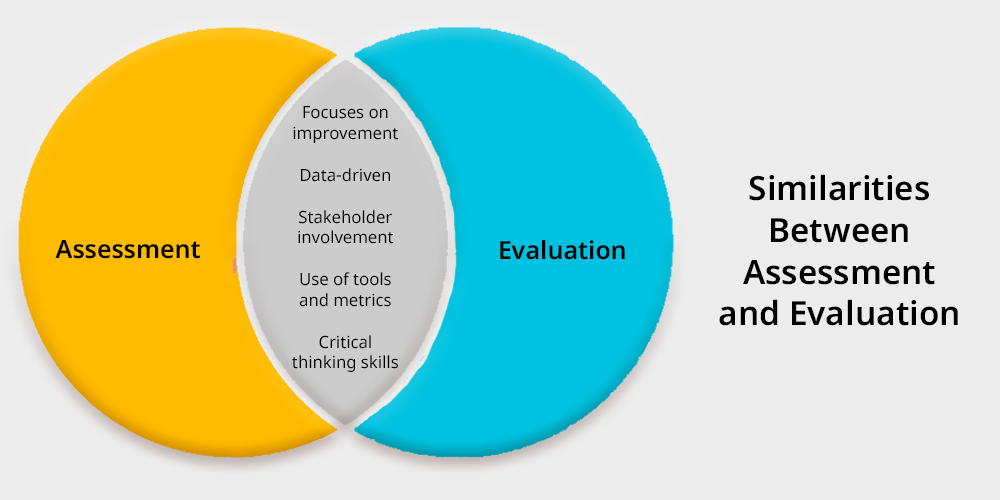
Despite their differences, assessment and evaluation share some similarities:
In certain situations they act as a driving force for each other, where they contribute to each other’s pros and cancel out the cons: depending on the situation they even have similar qualities.
Both assessment and evaluation Focuses on improvement as they aim to enhance learning, performance, or processes for individuals involved in a given time frame. With all the constructive criticism and data analysis, people see the scope of improvement and ultimately work for it.
They are believed to be Data-driven, not just facts but numbers and qualitative data that speaks for itself. as they rely on systematic data collection and analysis, to come to a constructive conclusion.
This conclusion is the result of all those systematic and analytic calculations that take place to help in making informed decisions.
Stakeholder involvement as Both evaluation and assessment involve learners, educators, managers, or other stakeholders in the process — it’s not one man show.
A whole team of people is involved to make this thing possible and with time the involvement of stakeholders starts being more dominant and the team expands.
The Use of tools and metrics is very dominant in both the cases for assessment as well as evaluation as they employ structured tools like rubrics, reports, and feedback forms for building conclusions and forming results — these tools help them in reflecting and understanding the data better.
The process involved in both the cases requires Critical thinking skills for decision-making as later these help in informed decision-making for individuals and organizations, contributing to their success.
And it is very important to understand because we all know the significance of developing a child’s problem solving and analytical skills.
Conclusion
Hence, from understanding of both the concepts, we can conclude that for academic, professional development and organizational development, assessments and evaluations are essential tools.
Evaluation is for a bigger motive in life where assessment is for life to have a bigger story to it.
Also, assessment is mainly focused on development and acts calculative and interprets, helping people to understand their potential and amenities.
And On the other hand, the evaluation focuses on the results and assessments enabling the stakeholders to identify the efficiency of the numerous measures and actions.
In the light of the above comparison, it can be noted that by implementing both assessments and evaluations in a strategic and calculative manner under proper guidance, people and businesses can achieve optimum results for the purpose of improving performance continuously and thus experience growth and success, in all aspects of life.

